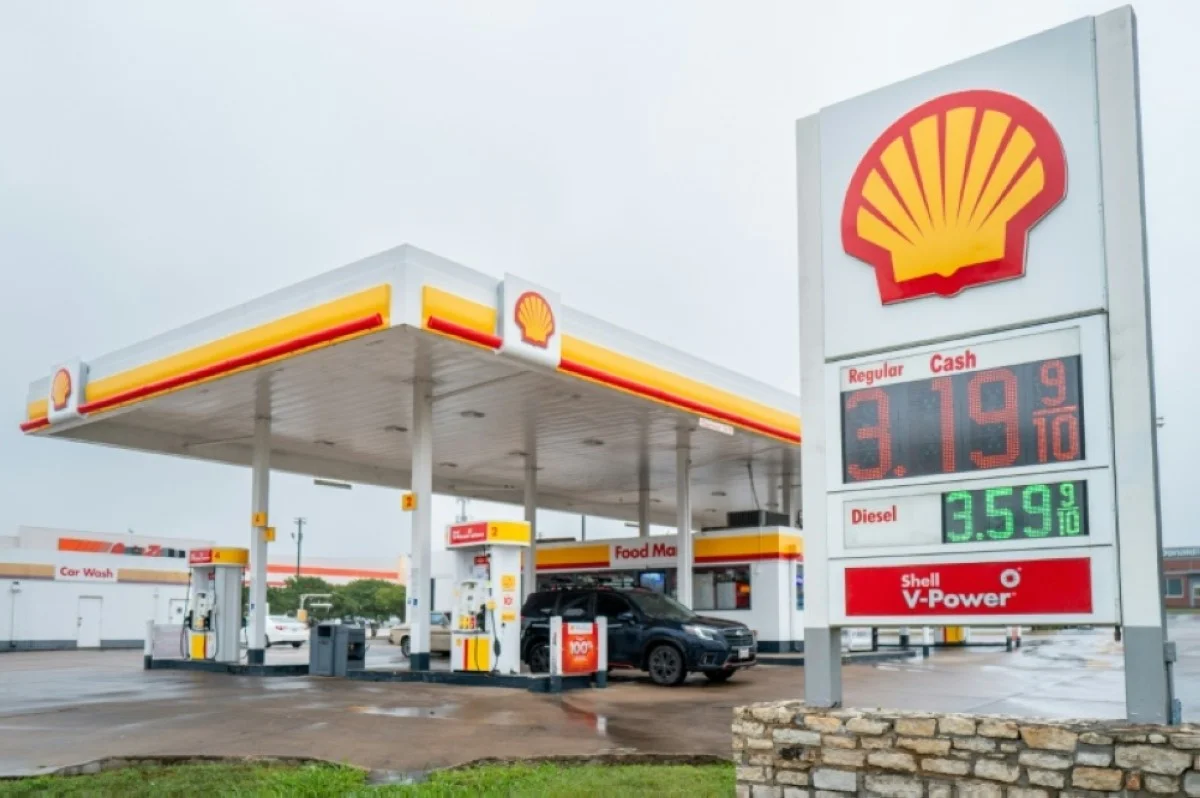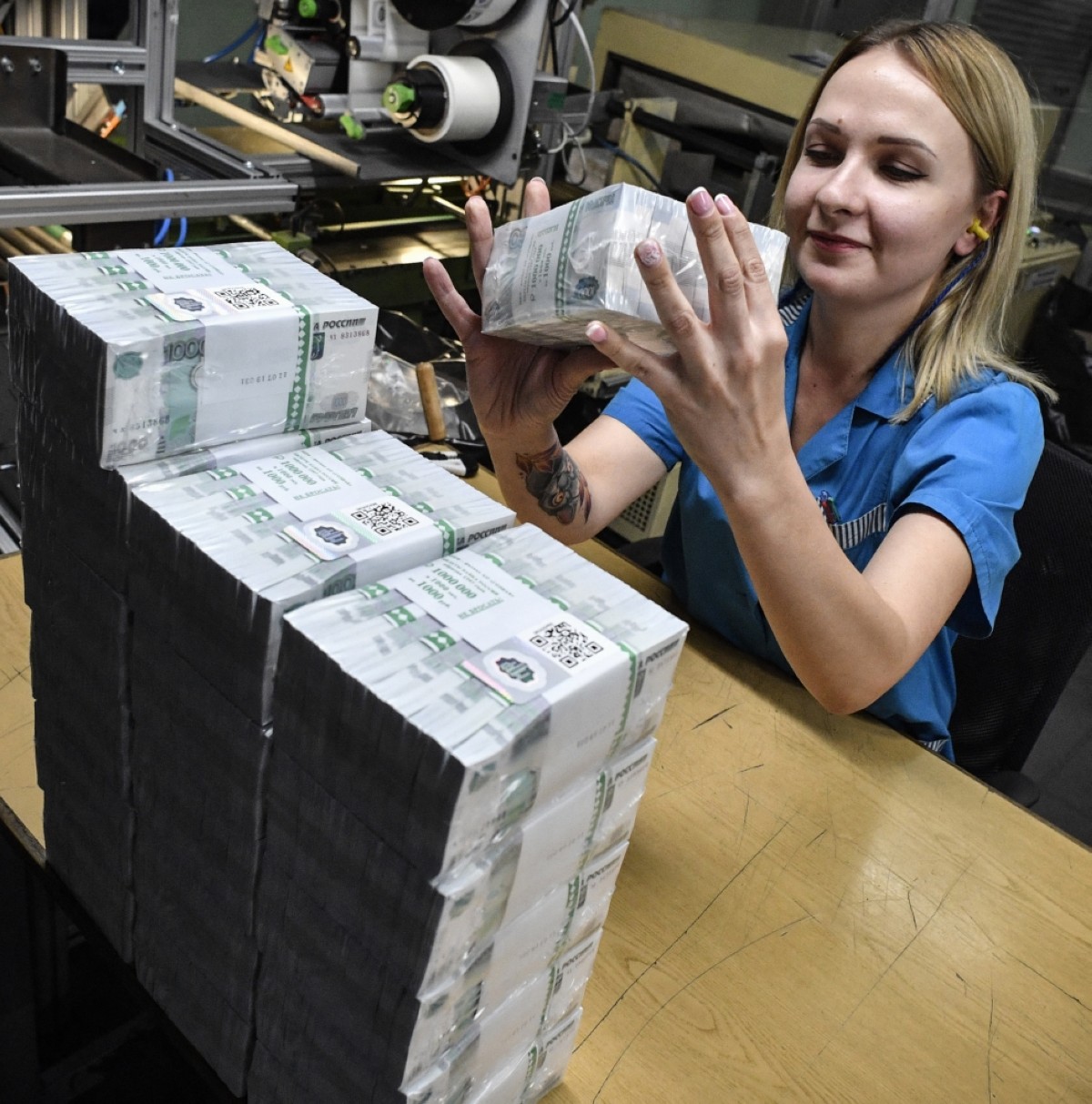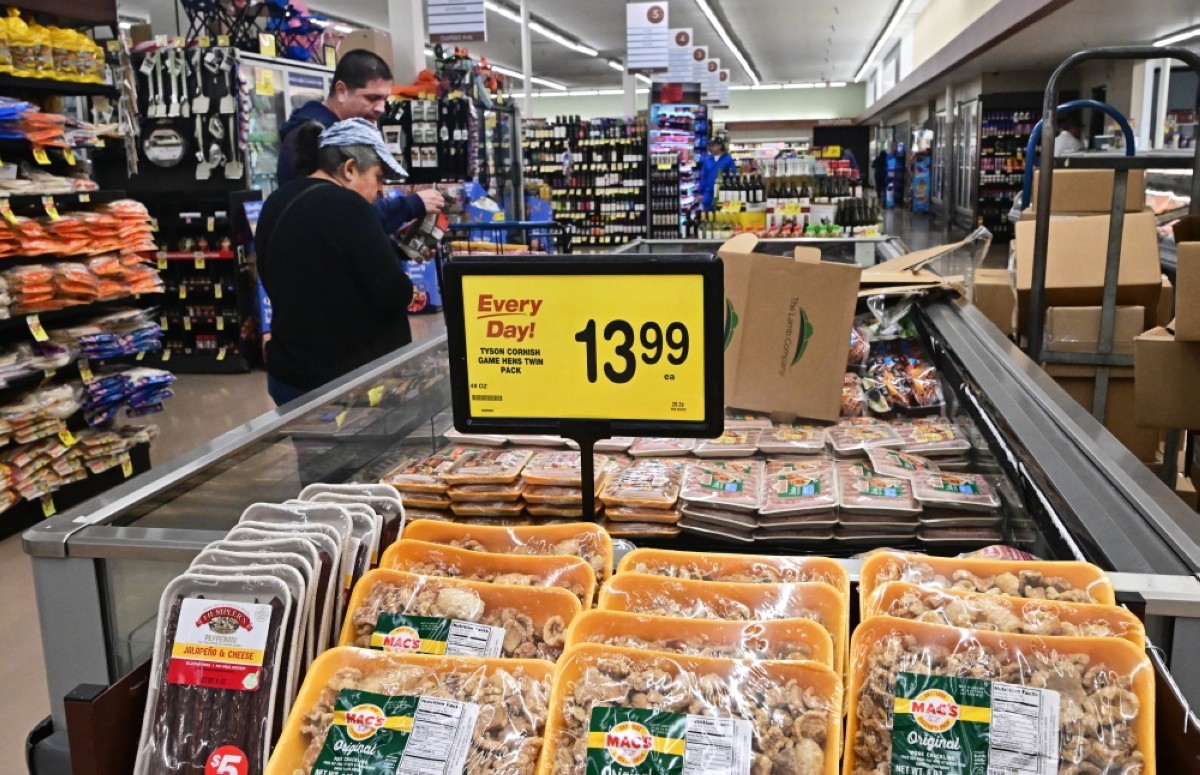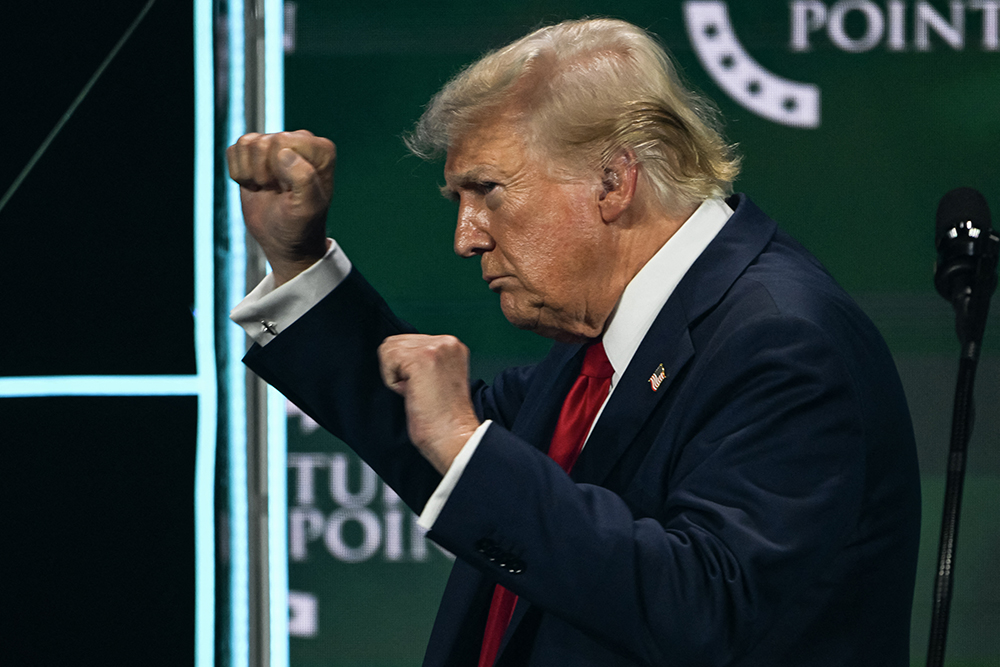US retail sales cool in April
WASHINGTON: Retail sales in the United States were flat in April, government data showed Wednesday, despite analyst expectations that they would continue growing and in a sign that consumer spending is cooling.

US inflation eased slightly last month, although the index for gasoline prices rose sharply. --AFP.
Overall sales held steady from March at a revised $705.2 billion, said the Commerce Department in a report. Analysts expected a 0.4 percent jump, according to Briefing.com. While sales at gas stations were up 3.1 percent from March to April, the broader figure was bogged down by a slump in motor vehicle and parts dealers.
From a year ago, retail sales were 3.0 percent higher. Economists have been expecting demand to cool this year as interest rates remain high, while households draw down on accumulated savings from the COVID-19 pandemic. “The accelerated shift towards online retail has turbo-charged non-store sales over the past few years, but the size of last month’s jump is hard to explain and looks unsustainable,” said analysts at Pantheon Macroeconomics in a recent note.
“We expect a softish retail sales report in April, supporting the idea that consumers are starting to tire,” the report added. Economists have warned that retail numbers are often revised heavily as well. Generally, consumption growth is anticipated to slow further in the second quarter. “Consumer spending is slowing as elevated interest rates weigh on rate-sensitive spending and as the labor market cools,” said Oxford Economics deputy chief US economist Michael Pearce.
But he said that the jobs market is “cooling rather than collapsing,” meaning the slowdown will be gradual. The economy’s resilience allows the Federal Reserve to also focus on incoming inflation data in its interest rate decisions, pointing to a gradual start to rate cuts in September, Pearce said. While momentum in household spending has cooled in the first quarter, economist Rubeela Farooqi of High Frequency Economics said “the data signal that spending continues to be positive and remains supportive of growth for now.”
US consumer inflation eased slightly last month, according to US government data published Wednesday, a positive sign for President Joe Biden ahead of November’s election. The data supports the Biden administration’s messaging that the US economy has turned a corner, as it looks to quell consumers’ concerns about the impact of rising prices going into the likely rematch against former president Donald Trump. The annual consumer price index (CPI) came in at 3.4 percent in April, down 0.1 percentage point from March, the Labor Department said in a statement.
This was in line with the median forecast of economists surveyed by Dow Jones Newswires and The Wall Street Journal. Monthly inflation came in at 0.3 percent, slightly below expectations. “Overall, price pressures remain elevated but are moving in the right direction,” High Frequency Economics (HFE) chief US economist Rubeela Farooqi wrote in a note to clients.
As well as being good news for the Biden administration, the CPI data also helps the US Federal Reserve, which has hiked interest rates to their highest level for 23 years in a bid to bring inflation back down firmly to its long-term target of two percent. “We think the data support the case for a patient approach on policy decisions from the Fed going forward although the base case remains one of lower rates this year,” Farooqi from HFE said. It marks the first month of slowing annual data since January, although both the annual and monthly figures remain too high—with some indexes actually increasing.
“The index for shelter rose in April, as did the index for gasoline,” the Labor Department said in a statement. “Combined, these two indexes contributed over seventy percent of the monthly increase in the index for all items,” it added.
The gasoline index jumped by 2.8 percent from a month earlier, while shelter prices increased by 0.4 percent. In more good news for US consumers, a widely-watched inflation measure excluding volatile food and energy prices also eased last month, rising at an annual rate of 3.6 percent, down from 3.8 percent in March. This marked its lowest annual rate since April 2021, according to Labor Department data, and suggests the overall inflationary picture is moving firmly in the right direction. The so-called “core” inflation index rose 0.3 percent in April from a month earlier, according to the Labor Department, also slightly lower than in March. — AFP.











